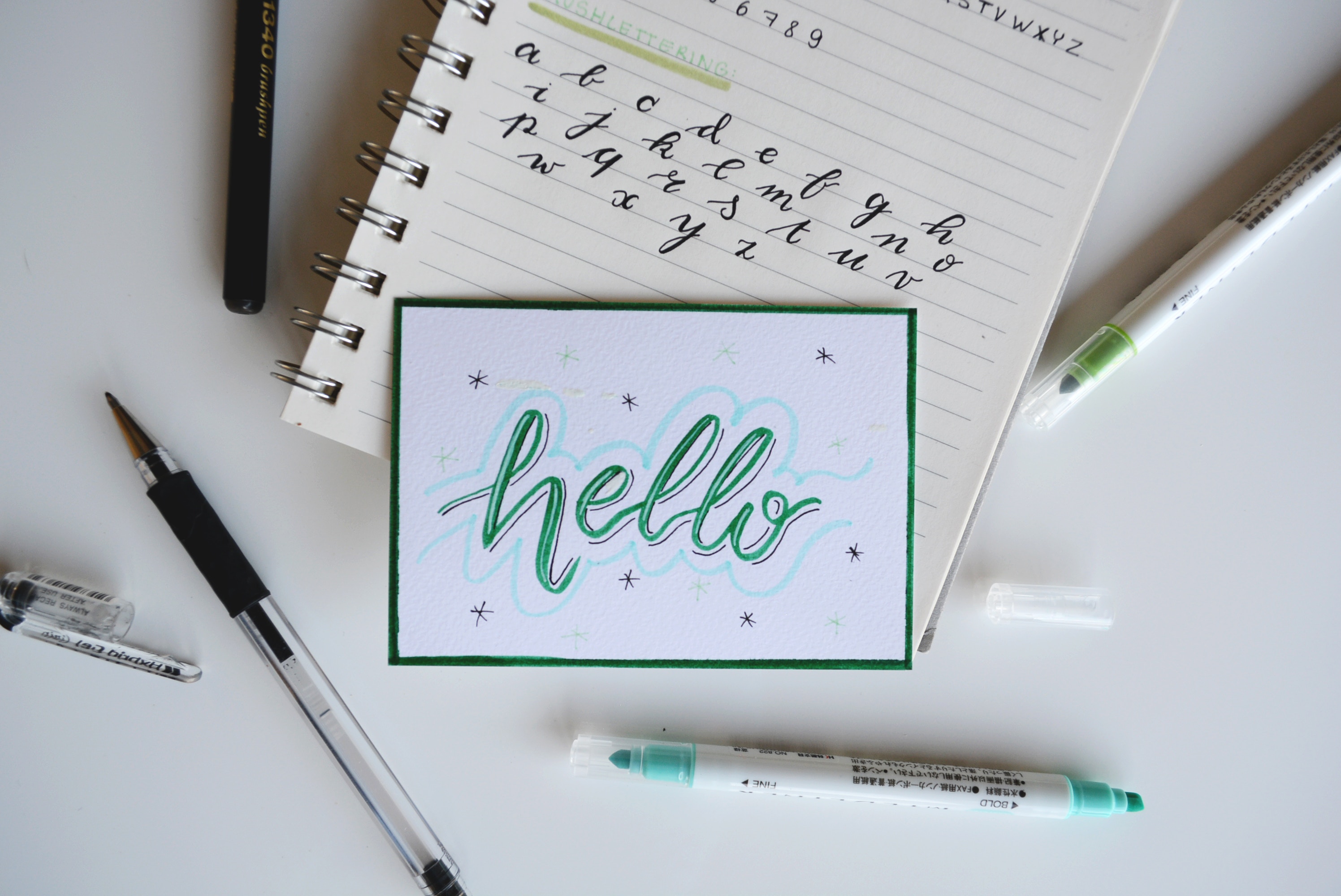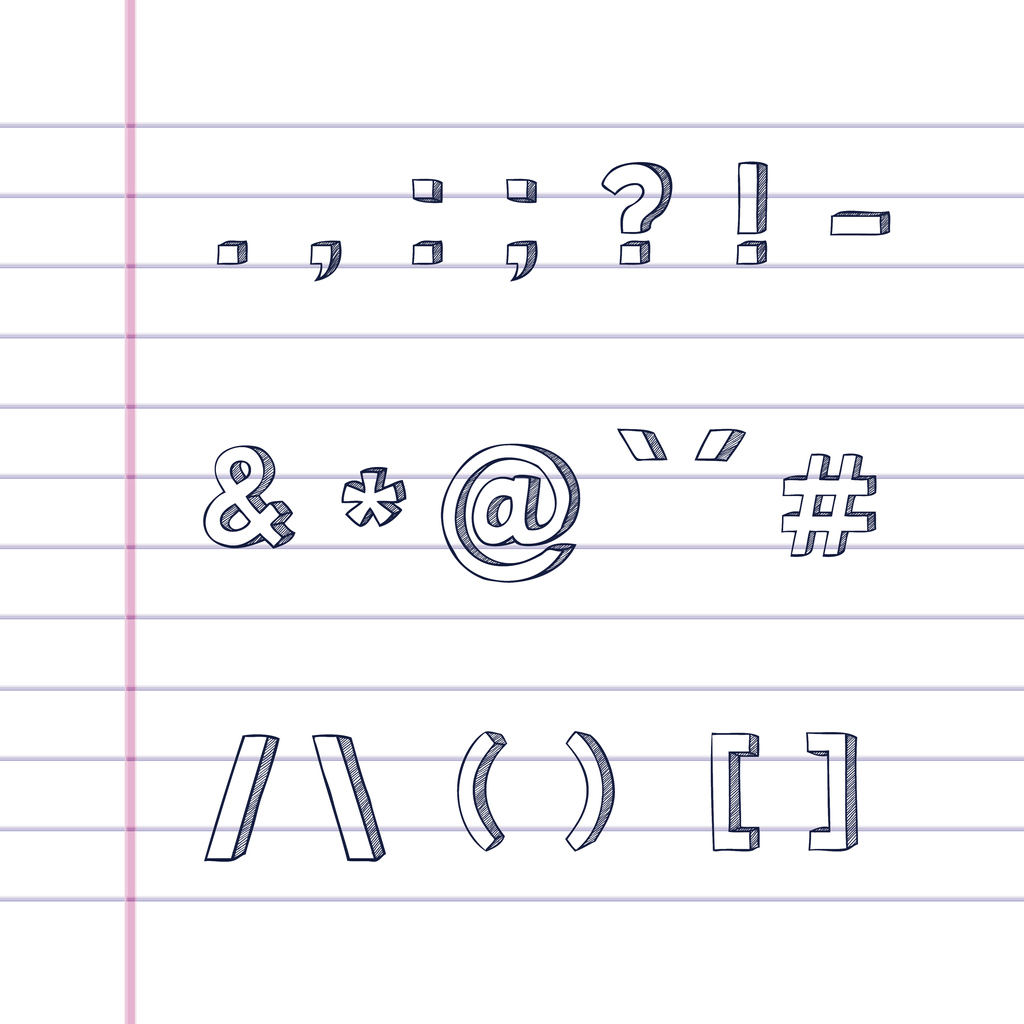3 Grammar Mistakes You Don’t Know You’re Making
We’re all human, which means we all make mistakes. When it comes to grammar, punctuation, capitalization, and language overall, there is a seemingly endless number of rules, so it can be easy to overlook a few.
While the occasional mistake is usually forgivable, particularly if it’s a lesser-known rule, there are benefits to continually expanding your writing knowledge and skills. Businesses especially want to put their best foot forward with their written content, because clean and clear communication can help create a favorable impression of your company.
As a full-time content writer, there are several mistakes I tend to encounter over and over again. Take a look at these three mistakes you don’t know you’re making and learn how to correct them.
1. Use a comma after “hi” or “hello” in salutations, but do not use a comma after “dear.”

Most of us know to use a comma (or, in very formal situations, a colon) after the name of the person we’re greeting in a salutation. But fewer realize they should use a comma after the words “hi” or “hello.”
Examples:
- Correct:
Hello, John,
I wanted to follow up with you about our meeting yesterday. - Correct:
Dear John,
I wanted to follow up with you about our meeting yesterday. - Incorrect:
Hi John,
I wanted to follow up with you about our meeting yesterday.
2. Use a semicolon to connect two closely related independent clauses or between items in a list that already contain commas.

Many dread the semicolon, but I promise it’s much simpler than it seems. If you have two complete sentences that are closely related, you can join them with a semicolon. If you prefer, you can join them with a coordinating conjunction (e.g., “and,” “but,” “or,” etc.) instead of a semicolon. Joining them only with a comma, however, results in a comma splice, which is incorrect.
Examples:
- Correct:
I loved the steak; my partner is a vegetarian. - Correct:
I would love more steak, but my partner is a vegetarian. - Incorrect:
I ordered the fries, he ordered the nachos.
In addition, you can use semicolons instead of commas to separate items in a list. This makes the list easier to read when one or more items already includes commas.
Examples:
- Correct:
We’re still waiting to hear back from Kim, who should make a decision tomorrow; Bill; Megan; and Alison, who is still abroad. - Correct:
The movie premiers tonight in Chicago, Illinois; Houston, Texas; and Jacksonville, Florida.
3. Use hyphens (-) for hyphenation and phone numbers, en dashes (–) for ranges, and em dashes (—) for interruptions, asides, and attributions.

A hyphen is not a dash, but you can see it used incorrectly as one all the time online. A hyphen, which shares a key with the underscore on standard U.S. keyboards, is used to hyphenate words or separate long lists of numbers, including phone numbers and Social Security numbers.
Examples:
- Correct:
It’s a lesser-known rule. - Correct:
Give us a call at 504-618-1466.
When indicating a range of numbers (or any other range), however, the en dash is the appropriate punctuation to use. Date ranges and page number ranges are common instances when an en dash is needed. Hold Alt and type 0150 on the numeric keypad to make an en dash on Windows, or hold Option/Alt and type a hyphen on Mac.
Examples:
- Correct:
I work Monday–Friday. - Correct:
Read pages 11–79 for homework.
Finally, em dashes can indicate interruptions in speech or thought, asides or additional ideas (which might otherwise be separated with commas or parentheses), or attributions after a quote. Hold Alt and type 0151 on the numeric keypad to make an em dash on Windows, or hold Shift and Option and type a hyphen on Mac.
Examples:
- Correct:
“Wait, you have to—” “Add the detergent first? Yes, I remember.” - Correct:
It’s a great way to save time—not to mention money—during your busiest season. - Correct:
“Stay hungry, stay foolish.” — Steve Jobs
The good news and the bad news about language is it’s expansive and always evolving. This can be daunting if you want to improve your grammar or writing skills, because it seems as though there’s always more to learn. Try to approach language with curiosity, and just keep learning a little here and there. You’ll be amazed how much your writing improves over time.
